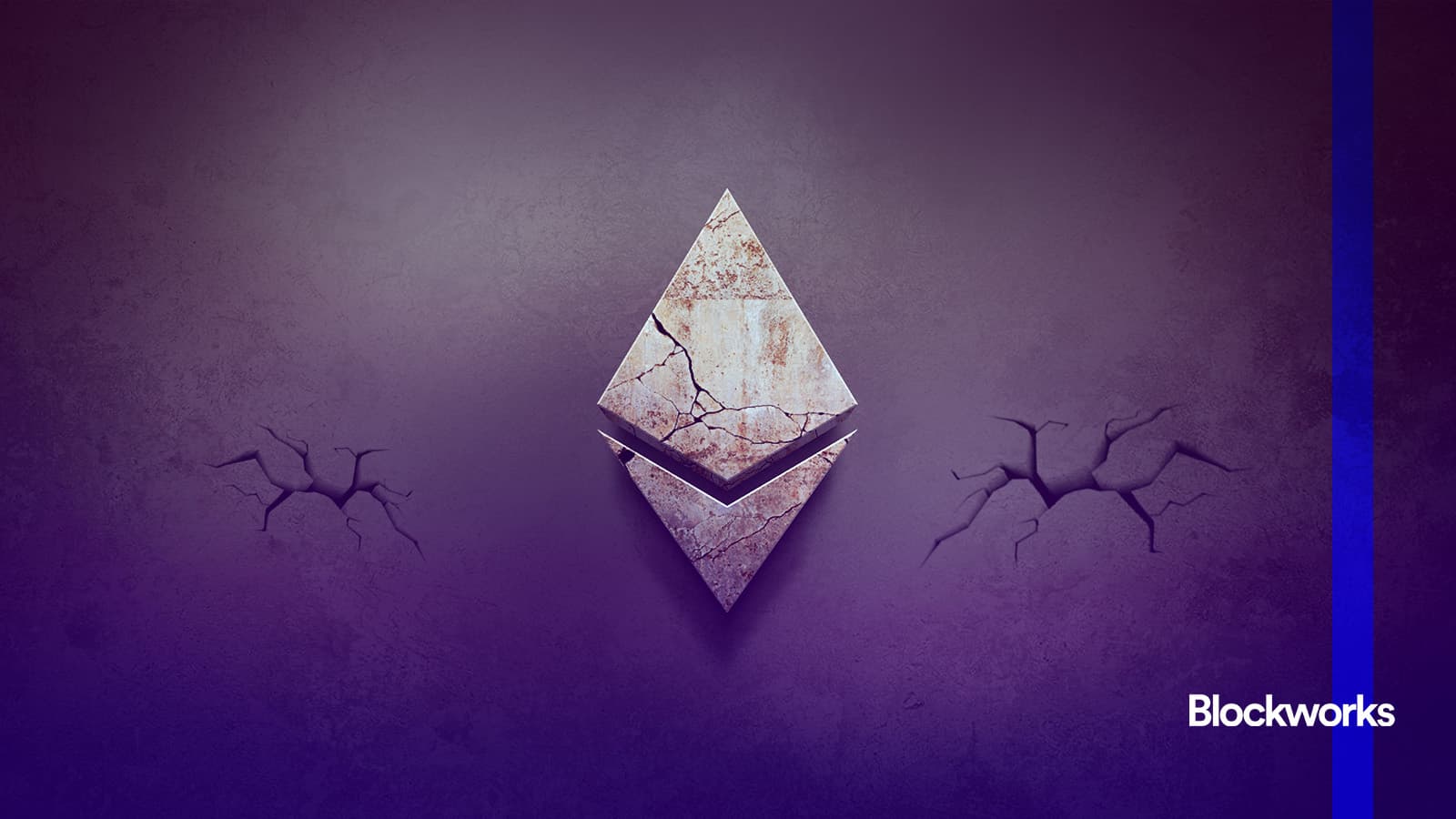Ethereum’s Century-Long Game: From Beam to Lean – The Ultimate Resilience Play

Ethereum isn't just evolving—it's future-proofing for the next 100 years.
How? By shedding legacy weight and embracing leaner, meaner protocols. The shift from Beam to Lean architecture isn't a tweak—it's a total reinvention of blockchain's most battle-tested network.
The Scalability Breakthrough
Gas fees that once choked DeFi summer now get steamrolled by Layer 2 solutions. Validators replace miners, cutting energy use by 99.95%—take that, ESG critics.
The Institutional Endgame
Wall Street's still figuring out custody solutions while Ethereum's already scripting its next three hard forks. TradFi moves in quarters; crypto builds in epochs.
(Here's the cynical jab: Meanwhile, Bitcoin maximalists are still waiting for their 'store of value' to stop being correlated with NASDAQ.)
Ethereum's playing chess while everyone else struggles with checkers—and the clock's ticking for those who don't adapt.
Fort mode…
Drake frames this vision in two modes. First, “fort mode,” in which Ethereum must survive even the harshest adversaries — such as hostile nation-states or quantum computers breaking today’s cryptography. This means moving away from dependencies like BLS signatures and KZG commitments and toward simpler, hash-based primitives with post-quantum security.
That long view of resilience resonates with Core Ethereum developer Preston Van Loon, who helped lead the transition from proof-of-work to proof-of-stake.
“Ethereum’s 100% uptime since genesis is more than just a technical milestone; it represents a decade of resilience through countless challenges,” Van Loon told Blockworks. “From failed network attacks to major upgrades like the Merge, the chain has never stopped producing blocks. That reliability has become the foundation of trust for the entire ecosystem.”
Van Loon also emphasized the evolution of Ethereum’s development process: “What began as a small, [Ethereum Foundation-led] initiative has grown into a decentralized network of hundreds of independent developers and multiple client teams. This distributed model has made Ethereum more resilient, more secure, and better equipped to handle the complexity of its future.”
…and Beast Mode
At the same time, Drake’s “beast mode” embraces the need for Ethereum to remain competitive and performant at planetary scale, with ambitions for one gigagas per second on L1 and one teragas per second on L2 — throughput targets for the base layer and rollups, respectively. These shorthand metrics describe orders of magnitude increases in transaction-processing capacity compared to today.
The urgency implied in “beast mode” echoes Blockworks Research analyst Marc Arjoon’s observation, in his July 2025 update, that while Ethereum’s fundamental metrics have improved of late, the network “still trails solana and Tron in REV share, and its burn rate, while up month-on-month, remains historically low.”
But REV is not the whole story, and Arjoon concludes, “Ethereum’s trajectory took a decisive turn in July, as a surge in price and onchain activity marked a potential inflection point.”
ETH surged about 49% as open interest, transaction count, MAAs, data availability usage, ETF flows, and treasury accumulation all hit all-time highs. L2s pushed monthly data availability usage past 100,000 MiB for the first time, while Ethereum L1 processed 46.7 million transactions — up 11% month-over-month.
“Maturity” playing out
The new Lean vision slogans pack a punch, and they’re backed by real architectural proposals. “Lean consensus” imagines a hardened Beacon Chain with finality in seconds and upgraded signature schemes. “Lean data” looks to extend EIP-4844’s blob-based model with variable blob sizing and post-quantum data availability sampling. And “lean execution” proposes a minimal, SNARK-native instruction set — possibly based on RISC-V — that remains EVM-compatible while being much more efficient to verify.
Both Arjoon and Van Loon pointed to stablecoin adoption as a visible marker of Ethereum’s progress: “We’re now seeing the results of that maturity play out in real-world adoption, particularly in stablecoins,” Van Loon said.
“Ethereum has become the primary home for dollar-backed assets, with record usage and liquidity flowing through the network every day.”
What’s new isn’t just the vision, but the way it’s being communicated and coordinated. The launch of leanroadmap.org, a public research tracker, signals a more transparent effort to organize this multi-year journey. Spearheaded by client developer ReamLabs, the site aggregates workstreams around lean consensus and aims to build bridges with client teams, rollup developers, and the broader research community.
The Ethereum Foundation isn’t mandating these changes, but it is laying out a plausible and verifiable path toward them. And with CORE protocol researchers increasingly vocal about the need to prepare for quantum adversaries and huge data demands, Lean Ethereum is likely to become the playbook for decisions leading up to and long after the upcoming Glamsterdam hard fork.
In short, Ethereum’s pivot from Beam to Lean marks a maturation of protocol thinking. It’s less about rushing the next upgrade and more about designing for a century of security, scalability and simplicity.
In Drake’s words: “This is about legacy. We are builders. We are missionaries. We are Ethereum.”
- The Breakdown: Decoding crypto and the markets. Daily.
- 0xResearch: Alpha in your inbox. Think like an analyst.
- Empire: Crypto news and analysis to start your day.
- Forward Guidance: The intersection of crypto, macro and policy.
- The Drop: Apps, games, memes and more.
- Lightspeed: All things Solana.
- Supply Shock: Bitcoin, bitcoin, bitcoin.

